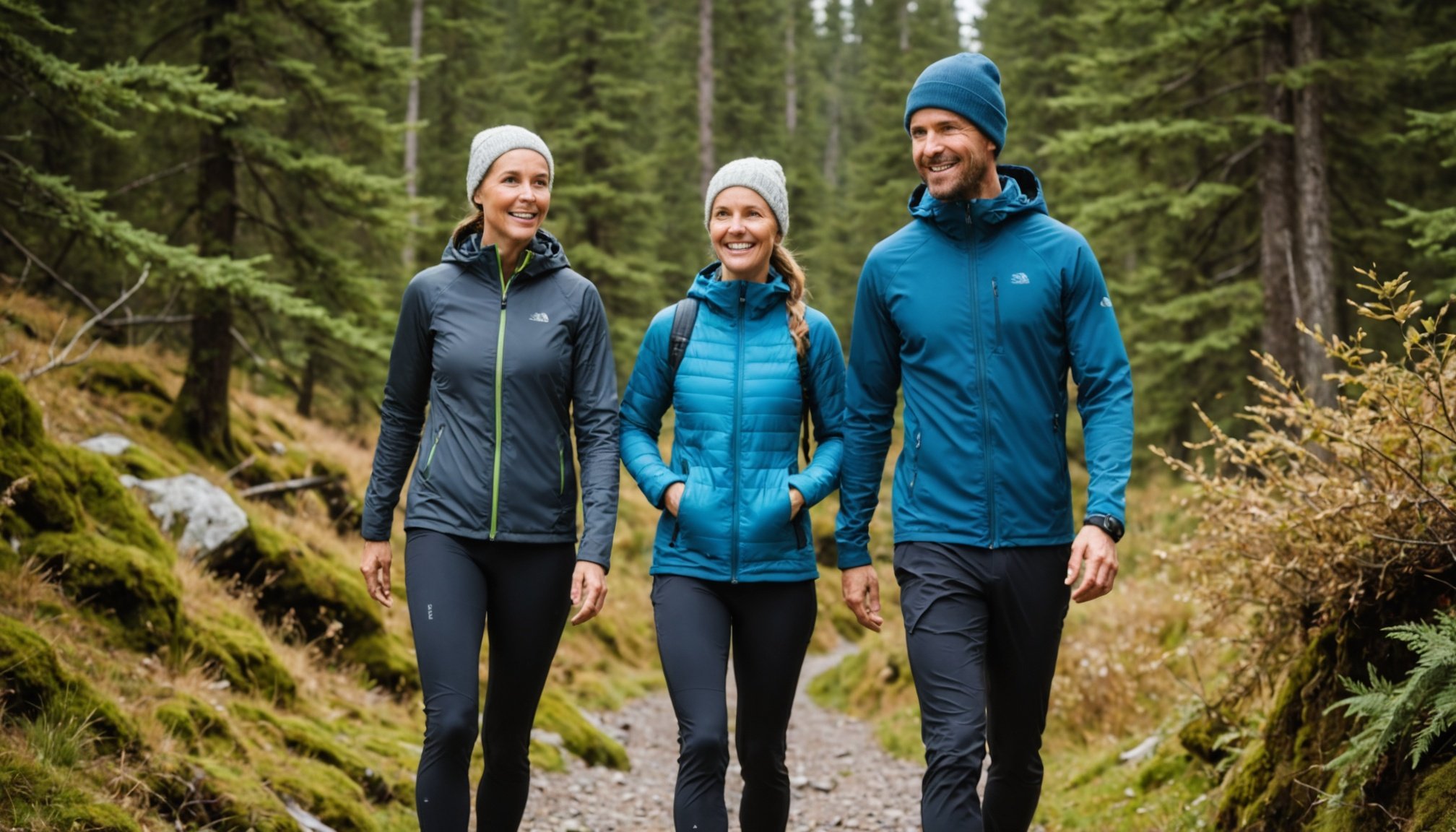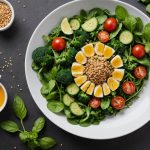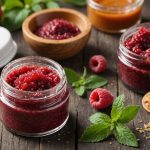Ultimate Guide to Cozy Fabrics for Your Active Adventures: Embrace Style and Comfort!
When it comes to enjoying your outdoor activities or simply staying comfortable in your daily routine, the right fabrics can make all the difference. Whether you’re hitting the trails, practicing yoga, or just lounging around, choosing the perfect fabric is crucial for both style and comfort. Here’s a comprehensive guide to help you navigate the world of cozy fabrics and make informed choices for your active adventures.
Understanding Moisture-Wicking Fabrics
Moisture-wicking fabrics are a staple for anyone involved in active pursuits. These fabrics are designed to keep you dry and comfortable by drawing sweat away from your skin and allowing it to evaporate quickly.
Have you seen this : The ultimate guide to choosing the perfect fox plush toy
How Moisture Wicking Works
Moisture-wicking fabrics utilize a process called capillary action, where high-tech synthetic fibers like polyester, nylon, and Merino wool create tiny channels to draw moisture away from your skin. These fibers are hydrophobic on the inside, repelling water and pushing it towards the outer layer, which is hydrophilic, spreading the moisture over a larger surface area for quick evaporation[2][5].
Top Moisture Wicking Fabrics to Consider
Here are some of the best moisture-wicking fabrics you should know about:
In parallel : Elevate your style: the ultimate guide to must-have essentials for a chic capsule wardrobe in the uk
- Polyester: Lightweight, durable, and highly effective at wicking moisture. It’s ideal for a wide range of activities and is known for its breathability and resistance to wrinkles[2][5].
- Nylon: Strong and quick-drying, perfect for durability in outdoor gear. Nylon is also water-resistant, making it a great choice for activities that involve exposure to water[2][5].
- Merino Wool: Naturally wicks moisture and regulates temperature, making it excellent for both warm and cold conditions. It’s also odor-resistant and soft against the skin[2][5].
- Bamboo: A natural fiber that is soft and breathable, offering good moisture-wicking capabilities. However, it is less durable than synthetic fibers and requires proper care to maintain its quality[5].
The Comfort of Organic Cotton
For those who prefer natural fibers, organic cotton is a great option. Here’s why it stands out:
Features of Organic Cotton
- Softness: Organic cotton is naturally soft and breathable, making it perfect for kids with sensory sensitivities or anyone who prefers a gentle fabric against their skin[1].
- Tagless Design: Many organic cotton garments come with a tagless design and flat seams, which prevent irritation and chafing[1].
- Breathability: Organic cotton allows for good airflow, keeping you cool in the summer and warm in the winter without feeling bulky.
Examples of Organic Cotton Garments
- Gracie Girls Organic Cotton Tanks: Made from 100% GOTS-certified organic cotton, these tanks are perfect for base layers. They feature wide, self-fabric straps and a tagless design for all-day comfort[1].
- Nolan Boys Organic Tanks: Similar to the Gracie tanks, these are made for boys and offer a soft, skin-friendly feel with a stretchy fit that moves easily with the body[1].
The Versatility of Spandex and Stretchy Fabrics
Spandex and stretchy fabrics are essential for active wear, providing flexibility and comfort.
Korean 4-Way Foil Activewear Fabric
This fabric is renowned for its 4-way stretch capability, allowing for a full range of motion. Here are some key features:
- High Durability: Designed to withstand intense workouts and repeated washes without losing its elasticity or sheen[3].
- Sweat-Wicking and Breathability: Efficiently draws sweat away from the skin, keeping you dry and comfortable during intense workouts. It also ensures proper ventilation to reduce the risk of overheating[3].
- Lightweight and Non-Restrictive: Offers a barely-there feel, allowing you to focus on your performance without feeling weighed down or restricted[3].
Examples of Stretchy Fabrics
- Emma Girls Camisoles: Made from a super-soft cotton/modal blend with a touch of spandex, these camisoles provide all-day comfort without feeling bulky. They feature adjustable straps and a stretchy fabric that hugs the body comfortably[1].
- Amira Girls Leggings: These leggings combine softness, flexibility, and durability, making them an excellent mid-layer option for winter. They have moisture-wicking fabric and flat seams to ensure irritation-free comfort[1].
The Luxury of Butter Pile Fabric
For those who prioritize warmth and softness, Butter Pile fabric is a game-changer.
What Makes Butter Pile So Special?
- Unbeatable Softness: Features a raised surface of vertical loops, creating a plush, three-dimensional texture that feels velvety-soft against your skin[4].
- Warmth Without Bulk: Keeps you cozy without weighing you down, making it ideal for layering in winter or casual wear in cooler weather[4].
- Ventilation: Despite its warmth, Butter Pile fabric allows for good airflow, preventing overheating.
Practical Uses of Butter Pile
- Venture Stratus Lite Reversible Vest: This vest offers two looks in one, with one side featuring a fun geometric-print Butter Pile lining and the other a sleek quilted design. It’s perfect for breezy fall hikes or layering in winter[4].
- Breezy Windshear Bomber Jacket: Lined with Iced Butter Pile, this jacket is warm, wind-resistant, and water-repellent, making it a versatile choice for unpredictable weather[4].
Moisture Wicking vs Moisture Absorbing: Which is Better?
When choosing fabrics, it’s important to understand the difference between moisture-wicking and moisture-absorbing materials.
Moisture Wicking
- Feel on Skin: Keeps the skin dry and comfortable by preventing sweat from pooling on the surface of the skin, even during intense activities[5].
- Drying Time: Dries rapidly due to its ability to transfer moisture to the surface, where it evaporates efficiently[5].
- Durability: Performs exceptionally well in high-intensity activities like running, hiking, or gym workouts, offering consistent dryness[5].
Moisture Absorbing
- Feel on Skin: Can feel damp, sticky, or heavy against the skin when saturated, especially during high levels of activity[5].
- Drying Time: Takes longer to dry as moisture is retained within the fibers, making the fabric heavier and slower to evaporate[5].
- Durability: More suited for low-intensity activities or everyday use, as it may feel uncomfortable when exposed to excessive moisture[5].
Comparison Table: Moisture Wicking vs Moisture Absorbing
| Aspect | Moisture Wicking | Moisture Absorbing |
|---|---|---|
| Feel on Skin | Keeps the skin dry and comfortable | Can feel damp, sticky, or heavy against the skin |
| Drying Time | Dries rapidly | Takes longer to dry |
| Durability | Performs well in high-intensity activities | More suited for low-intensity activities |
| Examples | Polyester, Nylon, Merino Wool | Cotton, Bamboo |
| Best Use | High-intensity activities | Low-intensity activities or everyday use |
Practical Tips for Choosing the Right Fabric
Here are some practical tips to help you choose the perfect fabric for your needs:
- Consider Your Activity: For high-intensity activities, opt for moisture-wicking fabrics like polyester or Merino wool. For casual wear, organic cotton or Butter Pile could be more suitable.
- Think About the Weather: In colder weather, look for fabrics with good insulation like Butter Pile or Merino wool. In warmer weather, lightweight moisture-wicking fabrics are ideal.
- Check the Fabric Features: Look for features like tagless designs, flat seams, and moisture-wicking properties to ensure comfort and practicality.
- Read Reviews and Testimonials: See what other users have to say about the fabric. For example, Nancy O. praised the Venture Stratus Lite Reversible Vest for its softness and versatility: “This vest is gorgeous, well made and the plush side is so soft—like everything you make, it’s perfect!”[4].
Elevate Your Style and Comfort
Choosing the right fabric is not just about functionality; it’s also about style. Here’s how you can elevate your look while staying comfortable:
- Layering: Use moisture-wicking base layers under stylish outerwear. For example, pair a Gracie Girls Organic Cotton Tank with a cozy sweater for a chic and comfortable outfit[1].
- Accessories: Add comfortable and stylish accessories like the Casey Crew Socks, which feature a seamless toe design and stay-up technology to keep your feet dry and comfortable[1].
- Versatile Pieces: Invest in versatile pieces like the Amira Girls Leggings, which can be layered under snow pants or paired with a cozy sweater for different looks[1].
When it comes to your active adventures, the right fabric can make all the difference. Whether you’re looking for moisture-wicking properties, the softness of organic cotton, or the luxury of Butter Pile, there’s a fabric out there that’s perfect for you. By understanding the features and benefits of different fabrics, you can ensure that you stay dry, comfortable, and stylish throughout your day.
So next time you’re gearing up for an outdoor adventure or just want to stay comfortable at home, remember to choose fabrics that not only perform well but also feel great against your skin. With the right fabric, you’ll be ready to take on any challenge in style and comfort.











